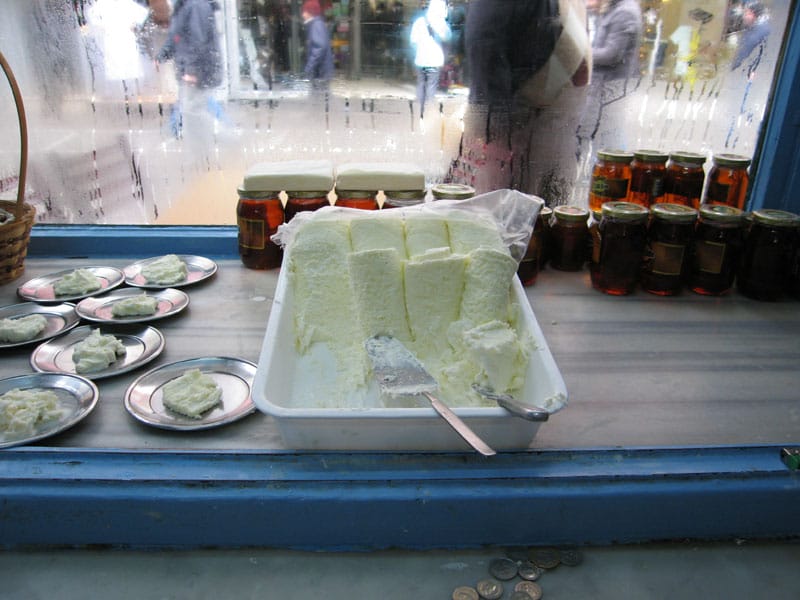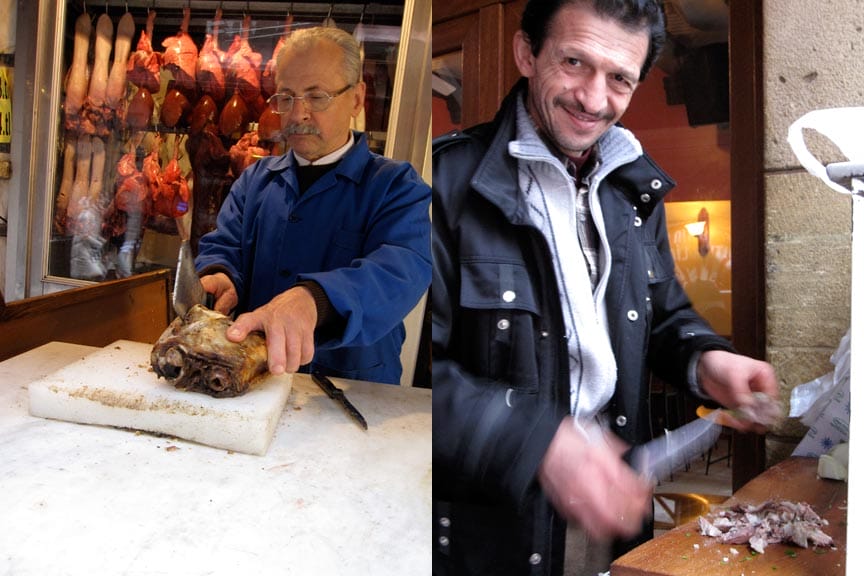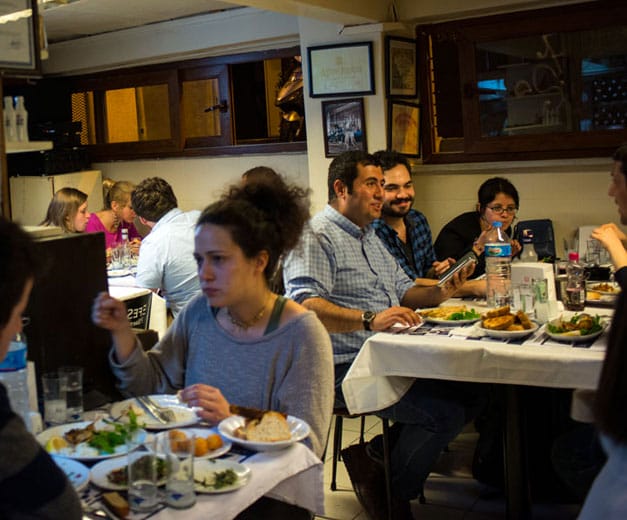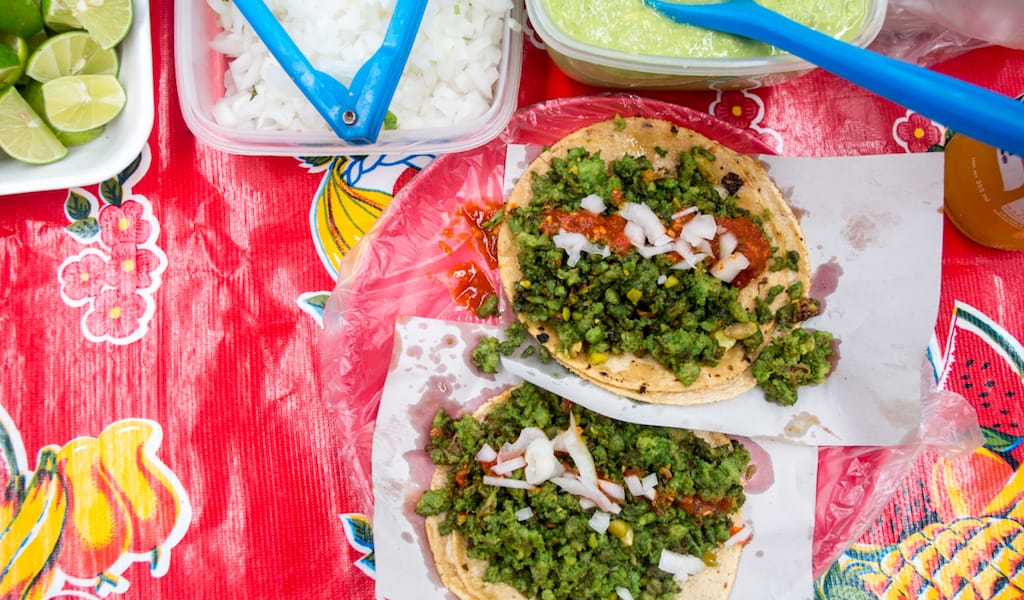Editor’s note: We are profoundly sad to report that Beşiktaş Kaymakçı has closed.
In our imagination, kaymak – the delicious Turkish version of clotted cream – is the only food served in heaven, where angels in white robes dish out plate after plate of the cloudlike stuff to the dearly departed, who no longer have to worry about cholesterol counts and visits to the cardiologist.
Perhaps we’re getting carried away, but kaymak can do that to you. For our money, the classic Turkish combo of kaymak served with honey and crusty white bread is one of the finest breakfasts anywhere.
The stuff is glorious, but simple. Milk – preferably from domesticated water buffaloes, known as “manda” in Turkish – is slowly boiled until a thick layer of very rich, pure, white cream forms at the top. After it cools, the kaymak is rolled up into little logs that have a consistency that hovers somewhere in between liquid and solid, with a creamy taste that’s both subtle and rich at the same time.
The stuff is also quite delicate, with a shelf life of barely one day. Still, purists refuse to refrigerate it, lest it lose its texture and pick up any refrigerator odors. Like we said, kaymak can make people get carried away.
Two of our favorite places to try kaymak are:
Beşiktaş Kaymakçı – This tiny shop/eatery has been in business since 1895, and it certainly shows its age. The marble counter is cracked and the paint on the walls peeling. But the kaymak, served up by the 84-year-old Pando, a living institution in Istanbul’s untouristed Beşiktaş bazaar, is out of this world. Prices here also seem unchanged since 1895: a plate of kaymak and honey, served with fresh bread and a glass of steaming hot milk, will set you back 4 lira.
Karaköy Özsüt – Compared to Pando in Beşiktaş, this place – open since 1915 – is a relative newcomer to the kaymak scene. Located on Istiklal Caddesi, Özsüt also serves up very good kaymak (as well as yogurt and rustic cheeses) made from the restaurant’s own herd of water buffaloes, whose pictures grace the walls.
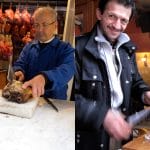 August 6, 2015 Kelle
August 6, 2015 Kelle
Don’t people just love to fight about food? Punch-ups over which city makes the best […] Posted in Istanbul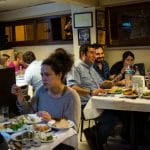 May 29, 2014 Çukur Meyhane
May 29, 2014 Çukur Meyhane
Editor's note: The departure of Aret, our favorite garson in the city, had us […] Posted in Istanbul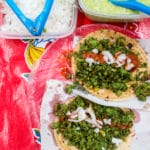 December 25, 2017 Best Bites 2017
December 25, 2017 Best Bites 2017
Hit by a devastating earthquake in September, Mexico City has certainly faced some […] Posted in Mexico City
Published on May 20, 2014
Related stories
August 6, 2015
IstanbulDon’t people just love to fight about food? Punch-ups over which city makes the best pizza, brawls about what’s the right way to barbecue. Louis and Ella nearly called the whole thing off over the pronunciation of the word “tomato.” In this pugilistic spirit, we took our place at a couple of stools at our…
May 29, 2014
IstanbulEditor's note: The departure of Aret, our favorite garson in the city, had us reconsidering our love of this little cubbyhole meyhane where we've spent so many nights over the years. With our loyalty to Aret and his to us, would it not be cheating to return to Çukur when Aret now runs his own place just a few…
December 25, 2017
Mexico City | By J. Alejandro
Mexico CityHit by a devastating earthquake in September, Mexico City has certainly faced some challenges this past year. But life in the city marches on, and adventurous foodies can still find a great meal simply by following their nose. Our DF correspondents did just that in 2017, rediscovering some old favorites and branching out into unchartered…







































